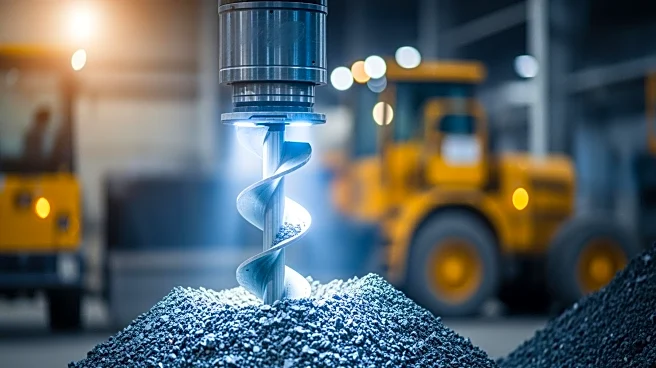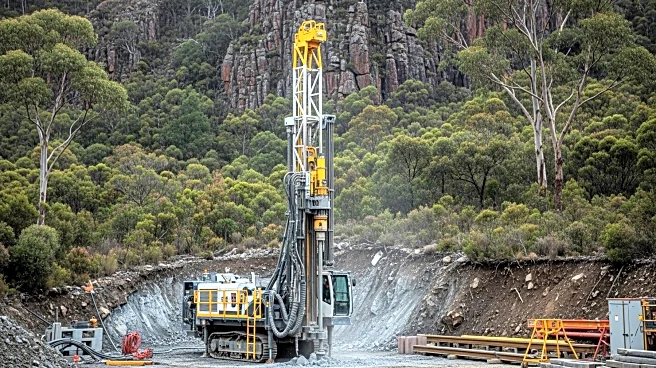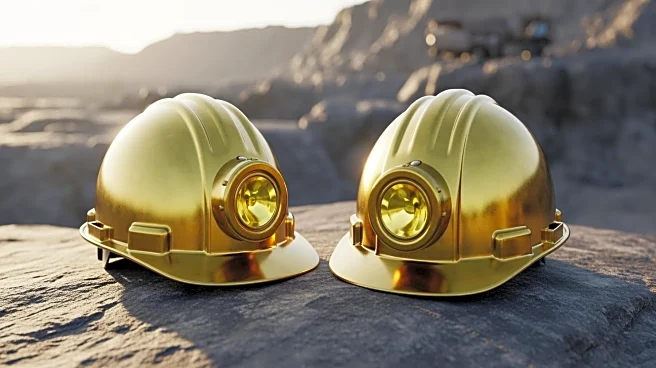What's Happening?
Swedish mining company LKAB reported a 14.7% year-on-year increase in iron ore production, reaching 19.4 million tons from January to September 2025. The company also saw a 23.7% rise in supplies, totaling 18.8 million tons. In the third quarter alone,
LKAB produced 6.9 million tons of iron ore, marking a 41% increase compared to the same period last year. Despite these production gains, LKAB faced financial challenges, recording an operating loss of SEK 2.4 billion in the third quarter, a significant drop from a profit of SEK 2.1 billion in the same quarter of 2024. The financial strain was attributed to the costs associated with expanding the urban transformation zone in Kiruna and a decline in global ore prices.
Why It's Important?
The increase in LKAB's iron ore production is significant for the global iron ore market, particularly as it comes amid financial losses and market volatility. The company's decision to invest SEK 6 billion in a new sorting plant in Malmberget, scheduled to begin operations in 2028, indicates a long-term commitment to maintaining and potentially increasing production capacity. However, the financial losses highlight the challenges faced by mining companies in balancing production growth with economic sustainability, especially in the face of fluctuating ore prices and currency exchange rates. This development could impact stakeholders in the mining industry, including investors, suppliers, and regional economies dependent on mining activities.
What's Next?
LKAB forecasts stable production levels for the remainder of the year but acknowledges potential impacts from ore price fluctuations, energy costs, and railway capacity constraints. The company's strategic investments and production adjustments will be closely watched by industry analysts and investors, as they could influence market dynamics and competitive positioning in the global iron ore sector.
Beyond the Headlines
The expansion of the urban transformation zone in Kiruna, which contributed to LKAB's financial losses, underscores the complex interplay between industrial growth and community development. This situation raises questions about the long-term sustainability of mining operations in populated areas and the ethical considerations of balancing economic benefits with social and environmental impacts.













